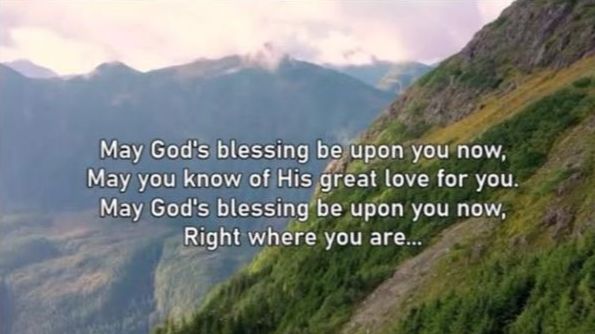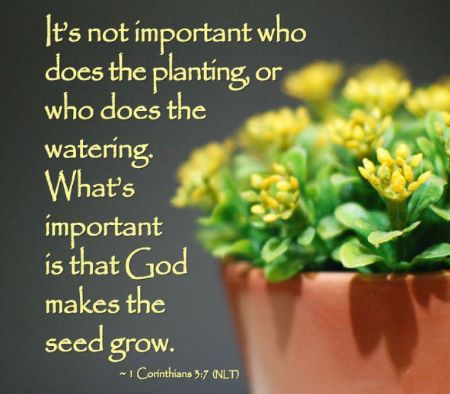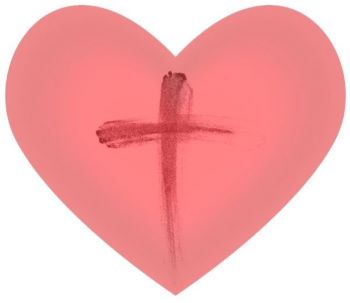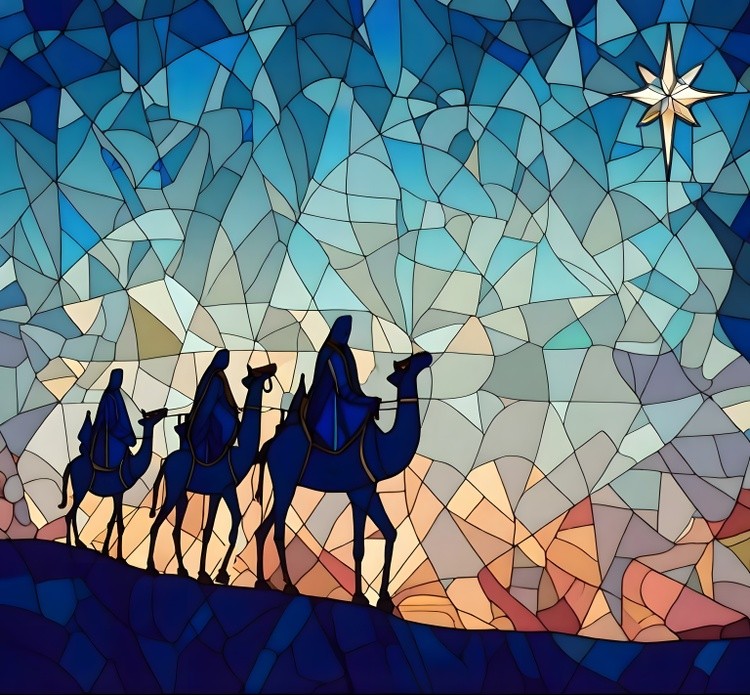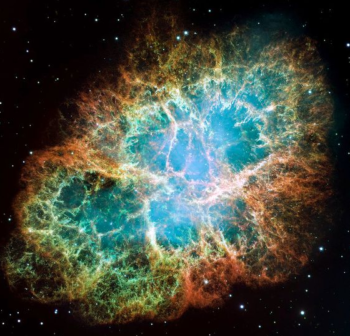
Brighter than a Supernova
It feels a bit odd to write an Epiphany article on the heels of Christmas because we’re still in the midst of Christmastide. But even in the days after Christmas, it may be helpful to explain why “Jesus born in Bethlehem” (Matthew 2:1) is something we experience in Holy Communion. Bethlehem literally means “house of bread,” and it is to our houses of bread, our own church communities that we are called; and in which we will be spiritually nourished. A place where our hungers will cease. And there are several layers of meaning to Jesus being born in the town of the “house of bread.” Jesus will later say: “I am the bread of life; the bread of God that comes down from heaven and gives life to the world.”
The Epiphany mystery is the unfathomable experience of the boundless contained within the bound, of infinity contained within the finite, of the Morning Star which knows no setting continuously illuminating our paths. And the Wise Men (the Magi) who come (and who are purported to be astrologers), who follow this Morning Star, are like those who have found the key to the treasure map, or like those who have found a pearl of great value in the most unlikely of places –– buried in a field –– or found in a manger –– and they are overwhelmed with joy, kneel down, and offer gifts. The joy the Wise Men felt must have been like the joy Mary felt when Gabriel told her that she would bear a son who would be Emmanuel (God with us). And in their gratitude, in the presence of this light, the awareness of Herod fades –– as do the systems of the world when they truly encounter the incarnate God.
But it is after the Wise Men have “been warned in a dream not to return to Herod” (Matthew 2:12) but to leave by another road, that Herod’s evil intentions become even more vengeful. Herod is aligned with world powers that do not give life to the world and do not feed it –– and he doesn’t want to be shown up short by the bread that always feeds. And so the missing verse in the January 2 Gospel (v. 16) tells us that “When Herod saw that he had been tricked by the Wise Men, he was infuriated, and he sent [ his soldiers ] and killed all the children in and around Bethlehem who were two years old or under, according to the time that he had learned from the Wise Men.” Those so murdered are referred to as The Holy Innocents.
In the year 1054, Chinese astronomers also looked heavenward, and took notice of a “guest star” that was, for nearly a month, visible in the daytime sky. The “guest star” they observed was actually a supernova explosion, which gave rise to the Crab Nebula, a six-light-year-wide remnant of the violent event. Located 6,500 light-years from Earth in the constellation Taurus, the Crab Nebula can best be spotted with a small telescope this month. The nebula was discovered by English astronomer John Bevis in 1731, and later observed by Charles Messier, who first mistook it for Halley’s Comet, but whose observation of the nebula inspired him to create a catalog of celestial objects that might be mistaken for comets. The Crab Nebula is catalogued as M1.
Everyone comes to Bethlehem. Wise men, shepherds, reassuring angels, even us. And so how will we get to Bethlehem to see and experience this miracle? The trip isn’t always easy. What will we have to risk? What comfort, or familiarity, or security, or indulgence, or diversion, or perhaps addiction will we have to give up in order to travel to Bethlehem to see and experience the light that’s even brighter than a supernova in the daytime, but is completely contained within innocence? Let us pray that in this new year, the Divine Mystery invites us onto paths to and from Bethlehem so that we may also experience the incarnation, be changed and formed by it at our deepest level, and avoid all the Herods of our world as we continue on The Way.

